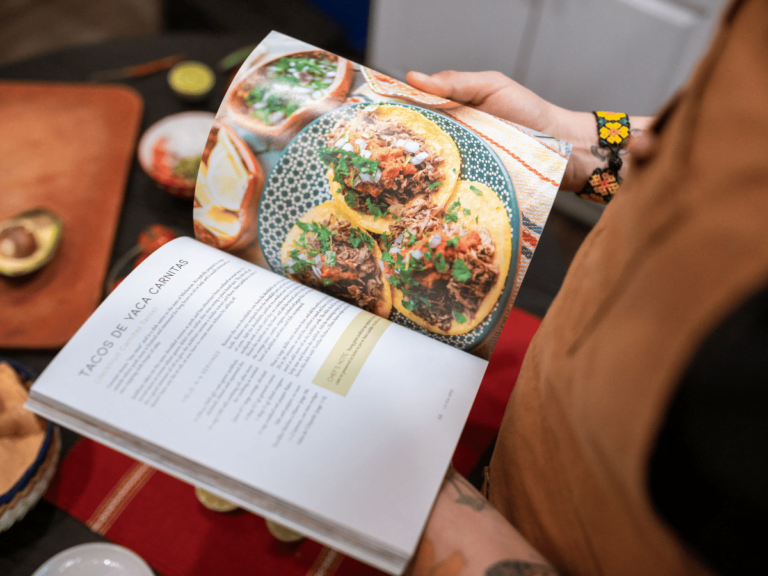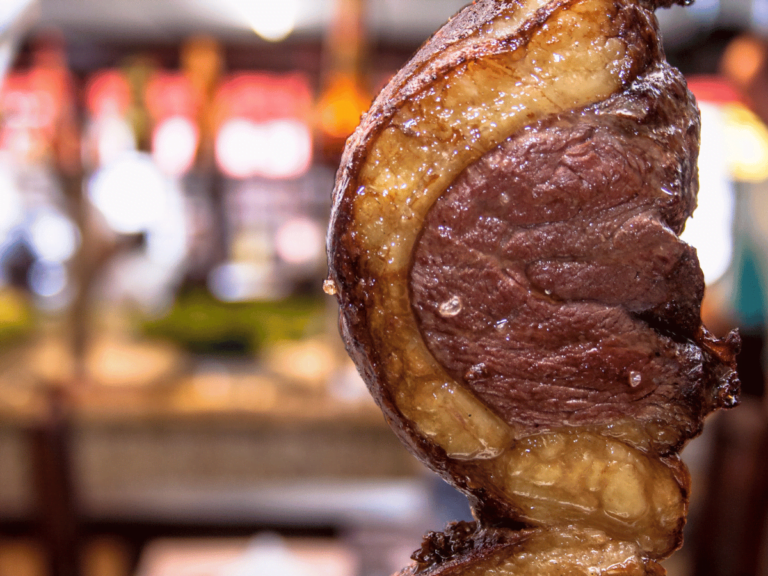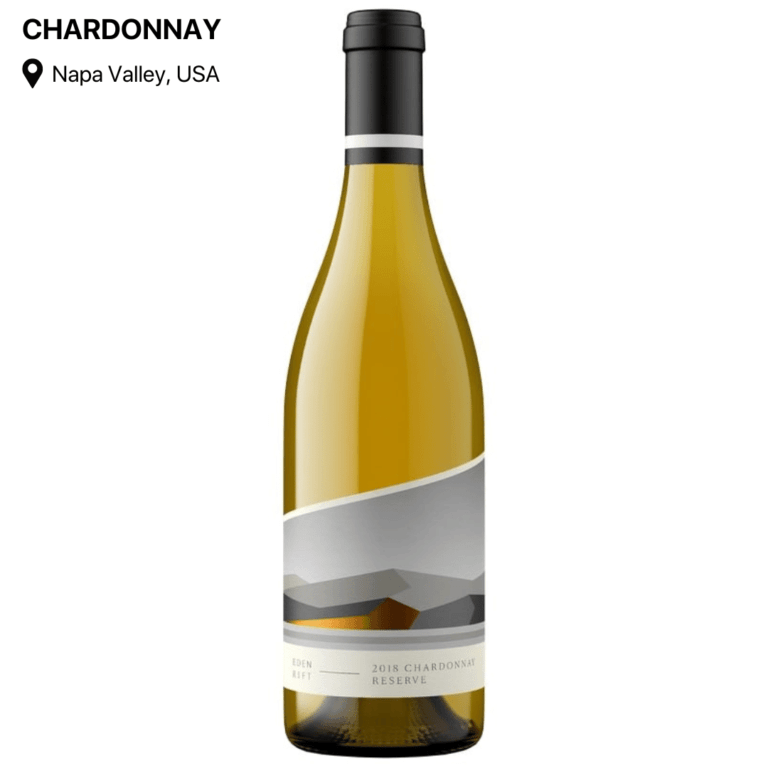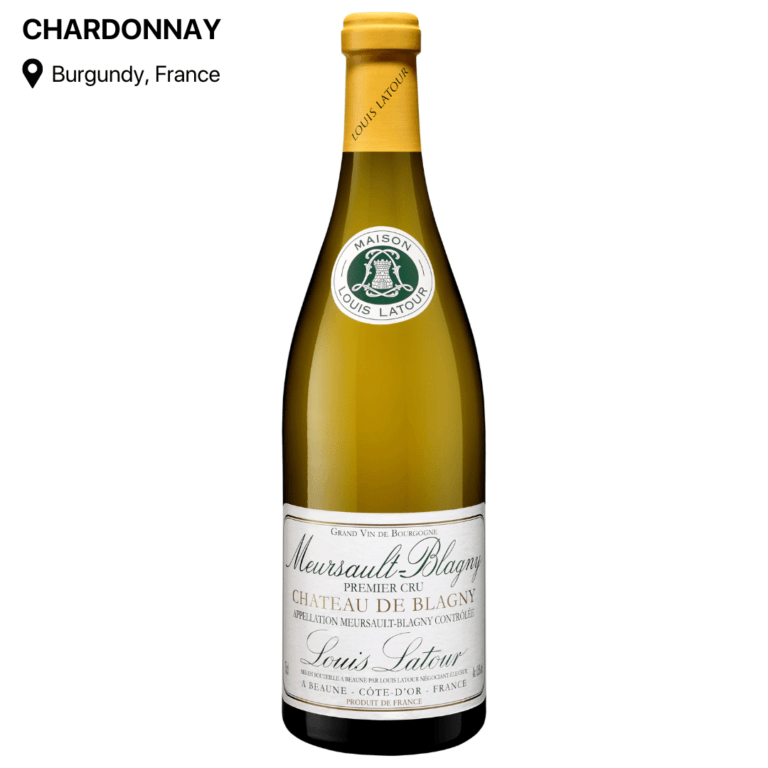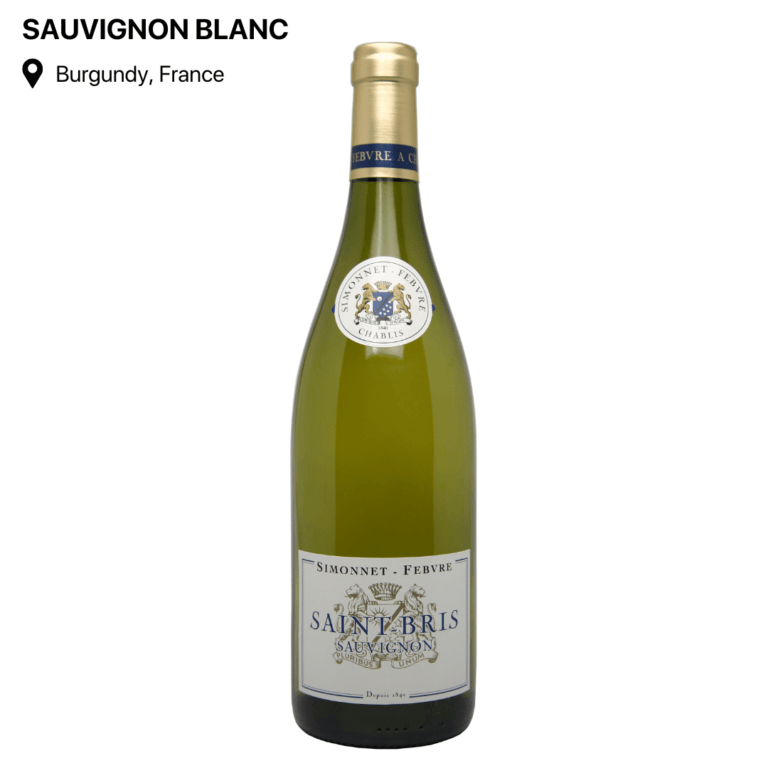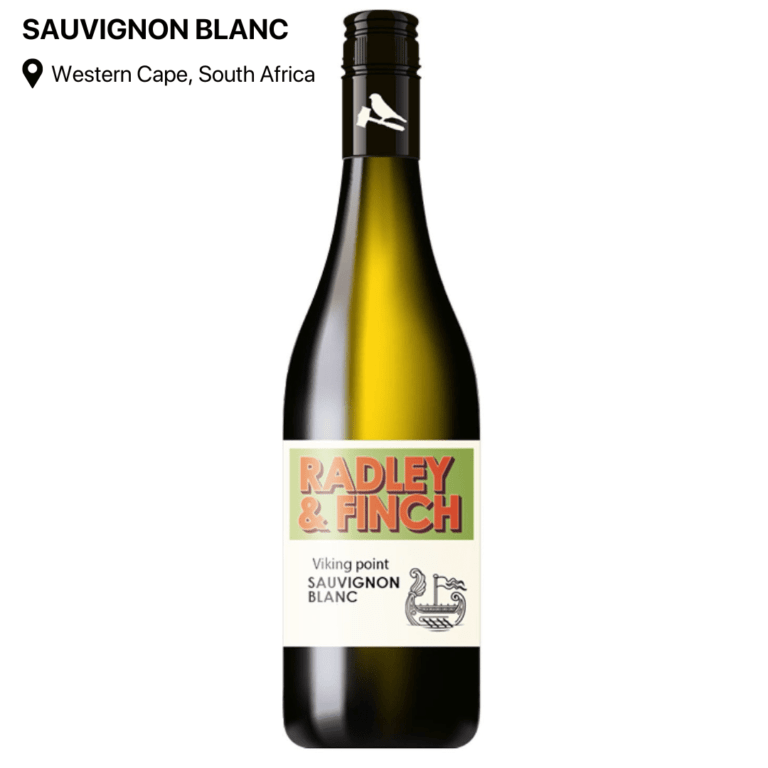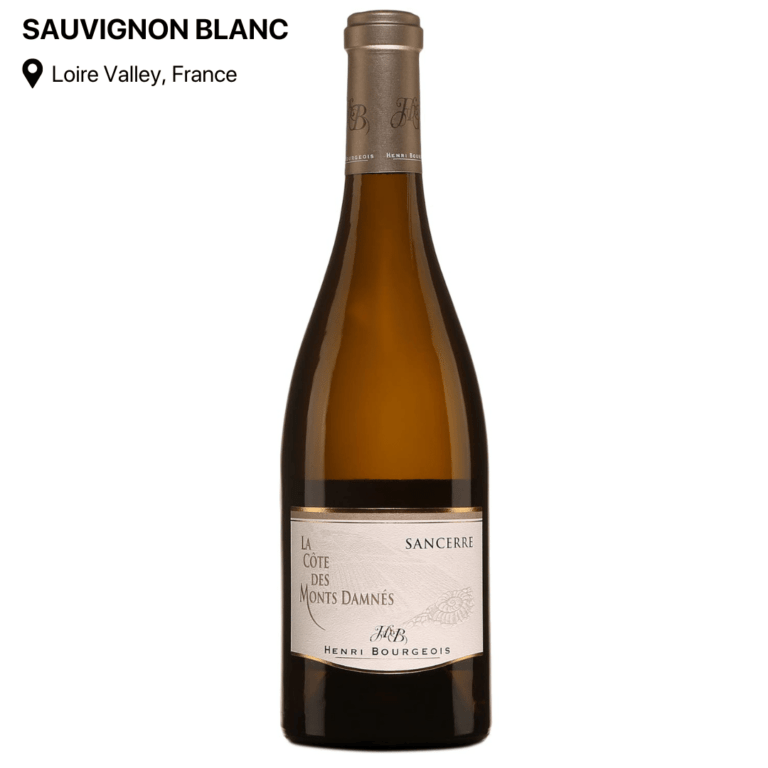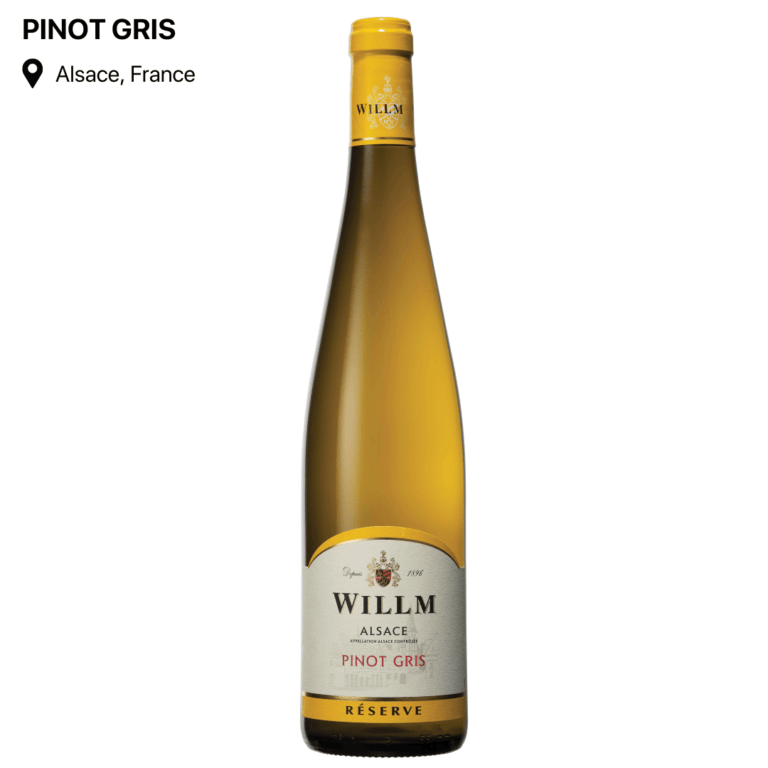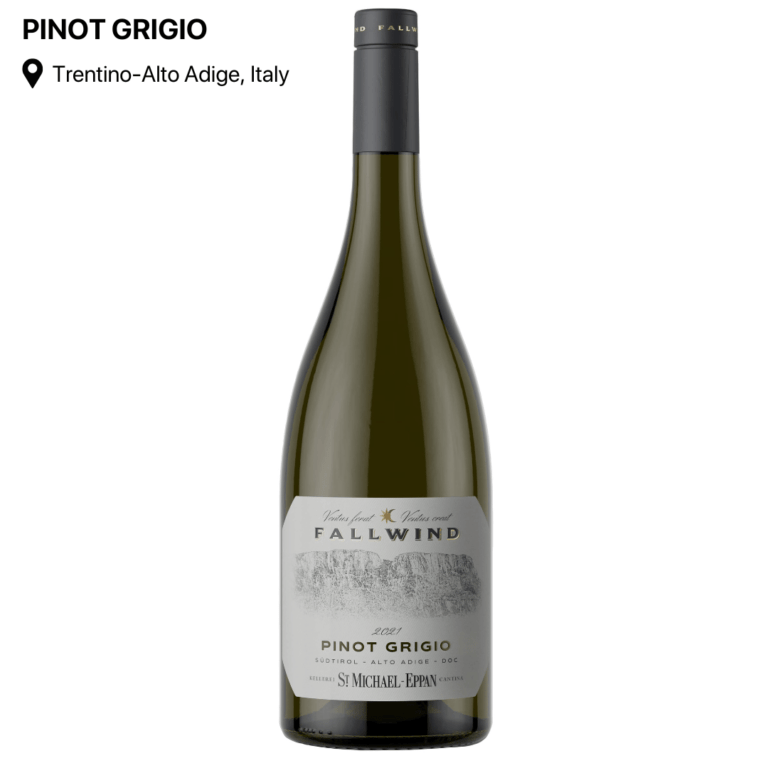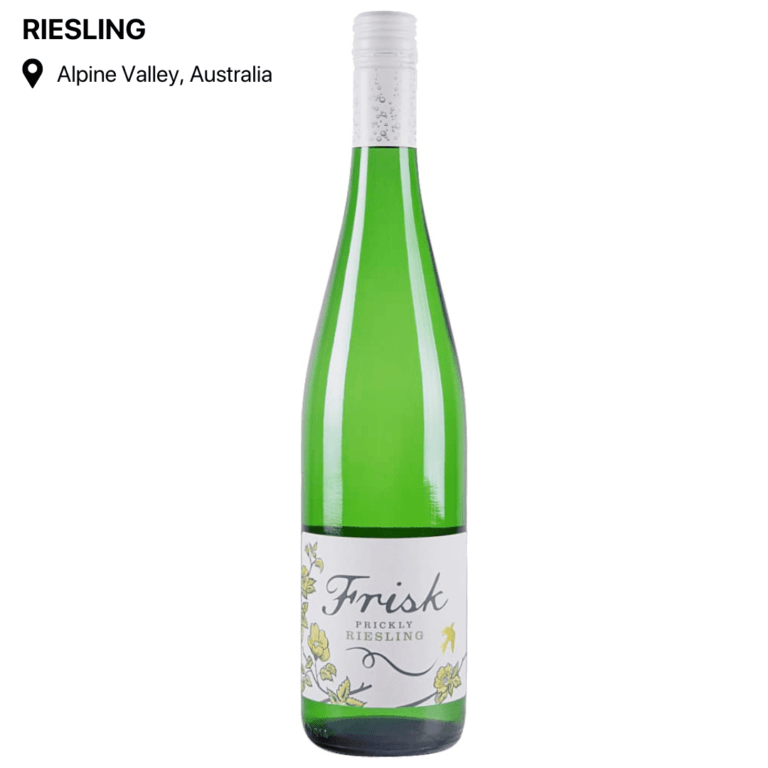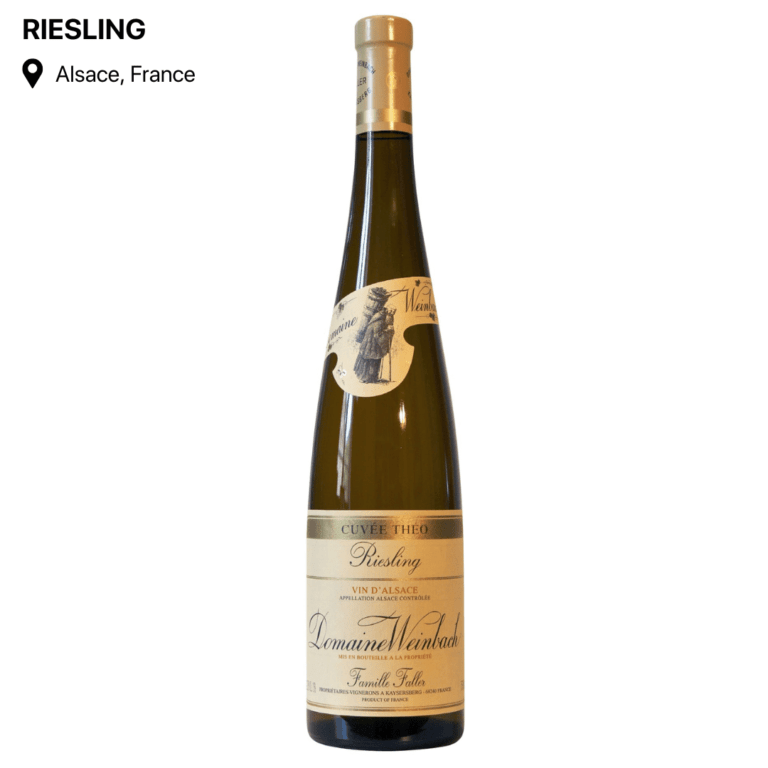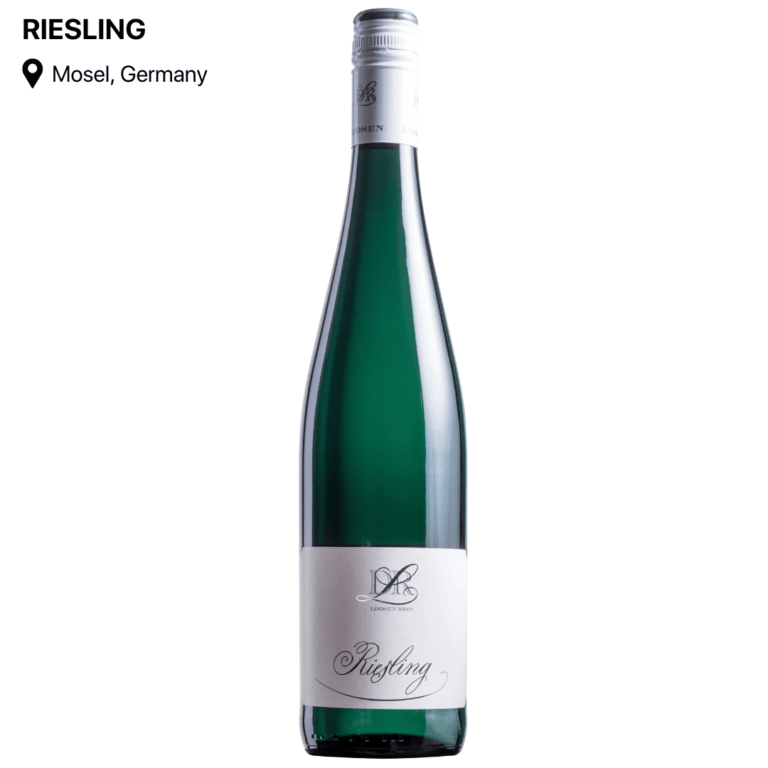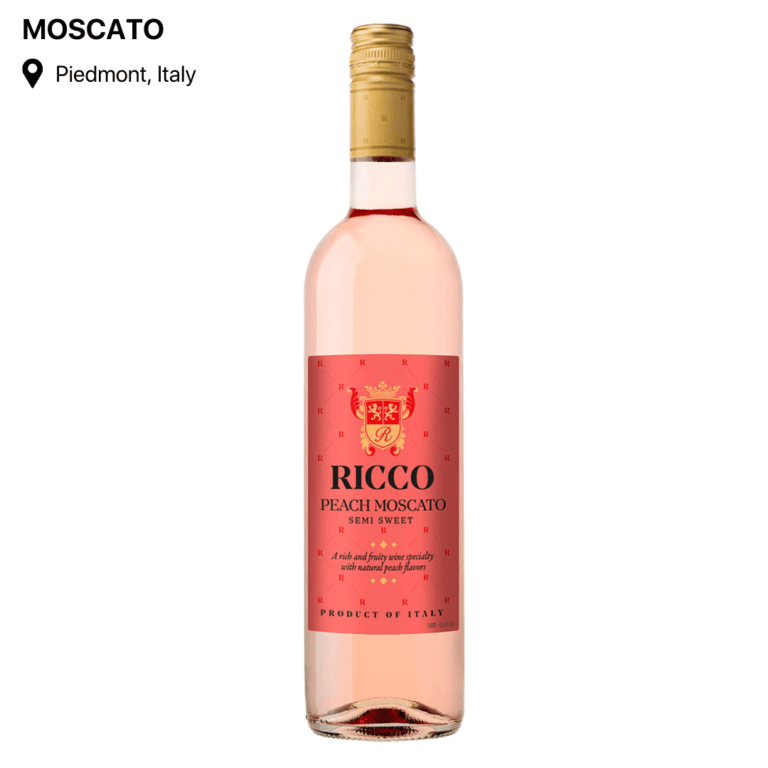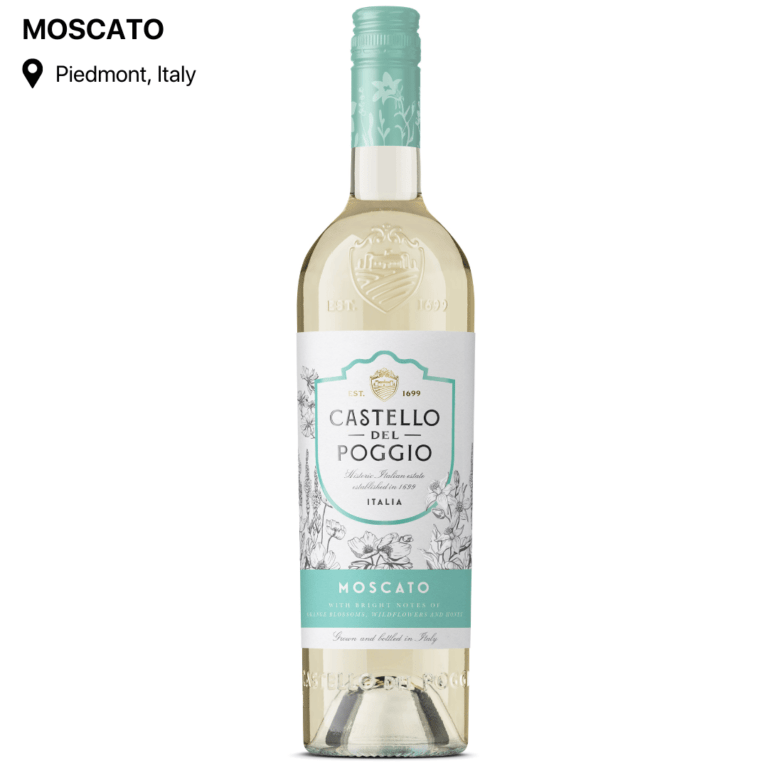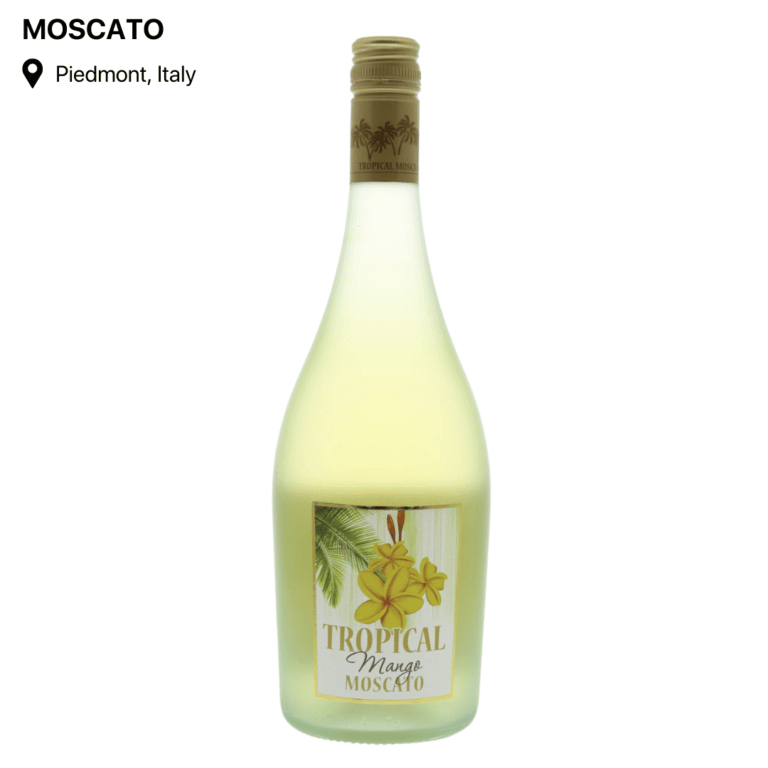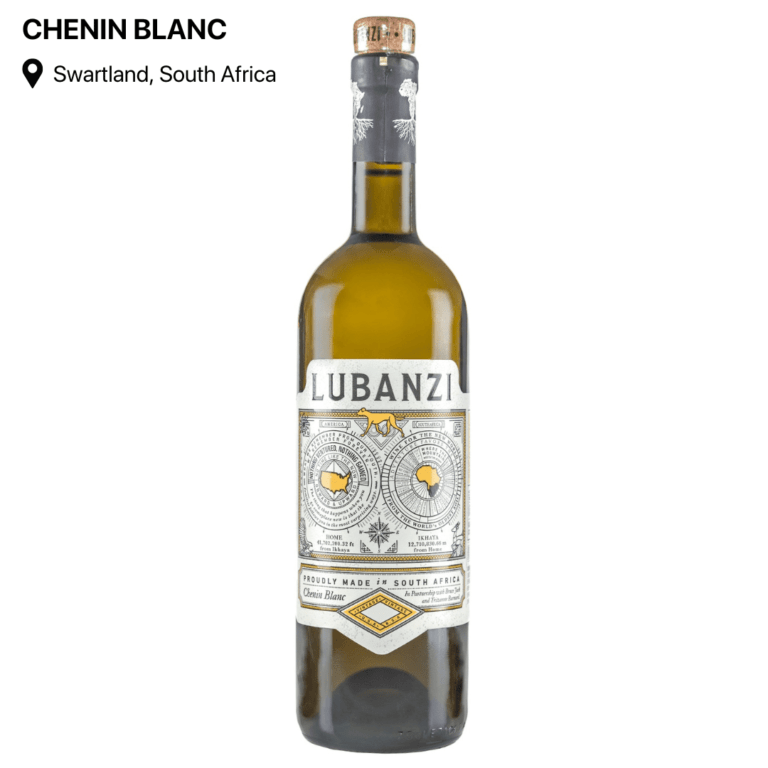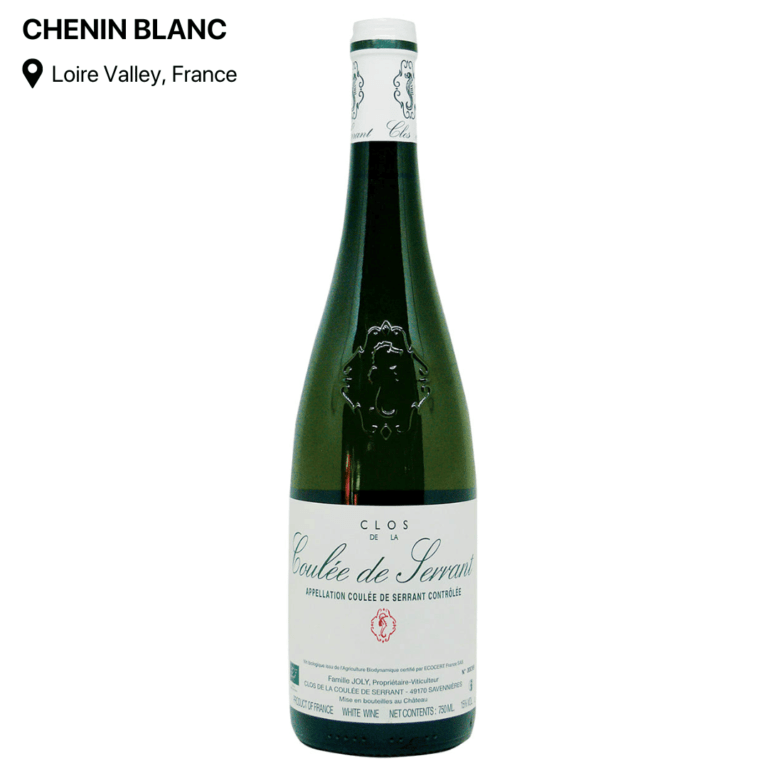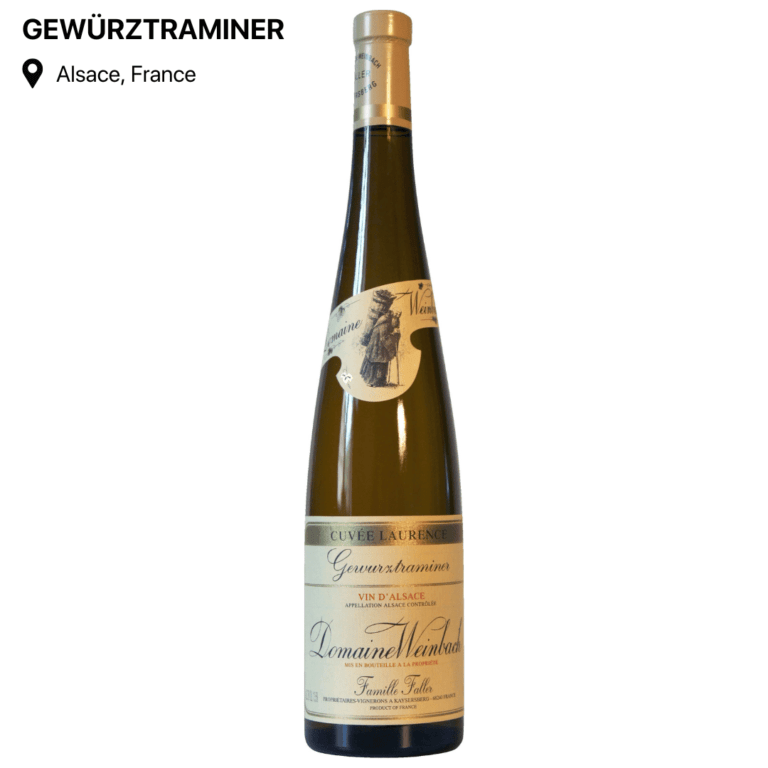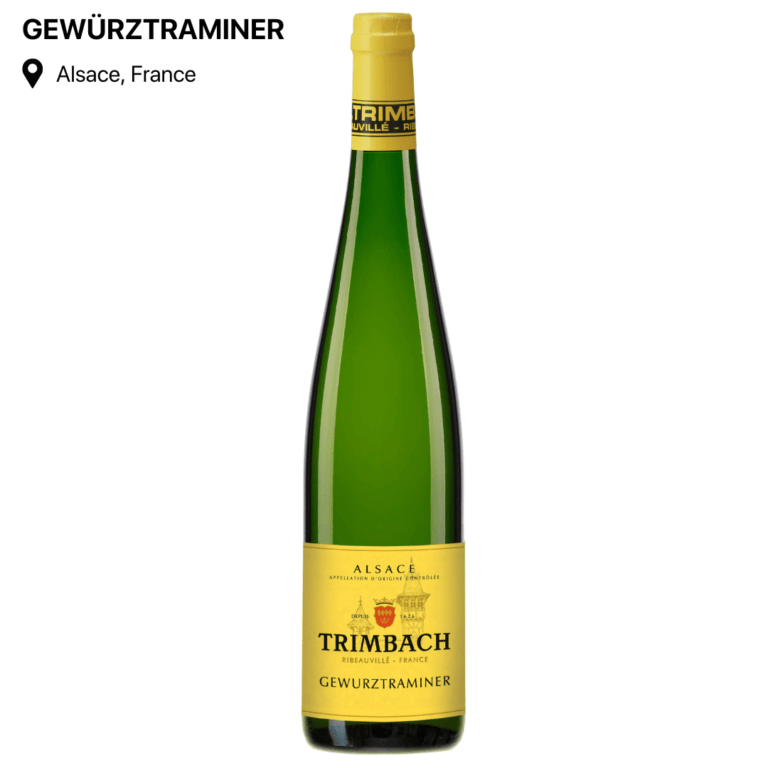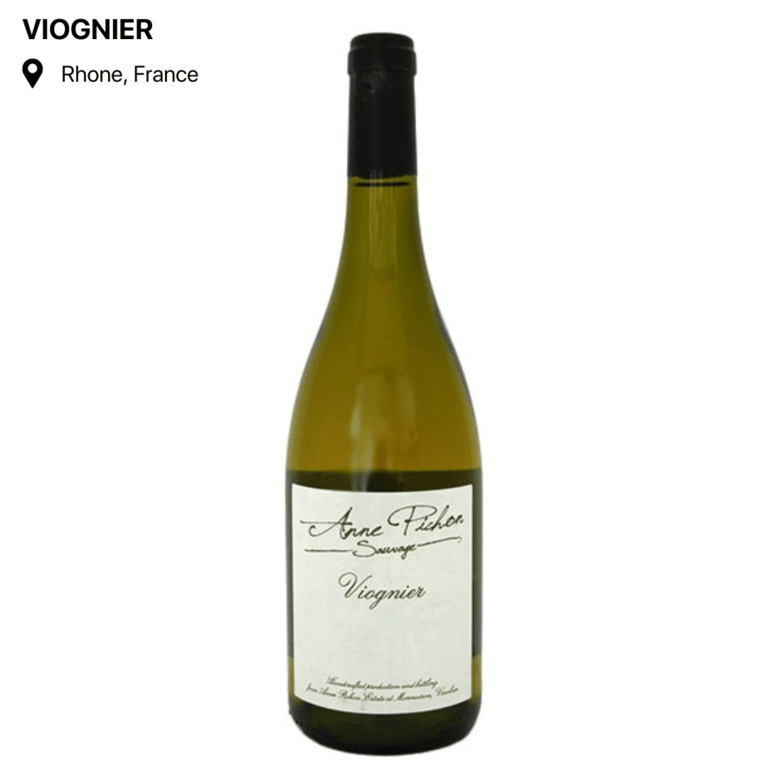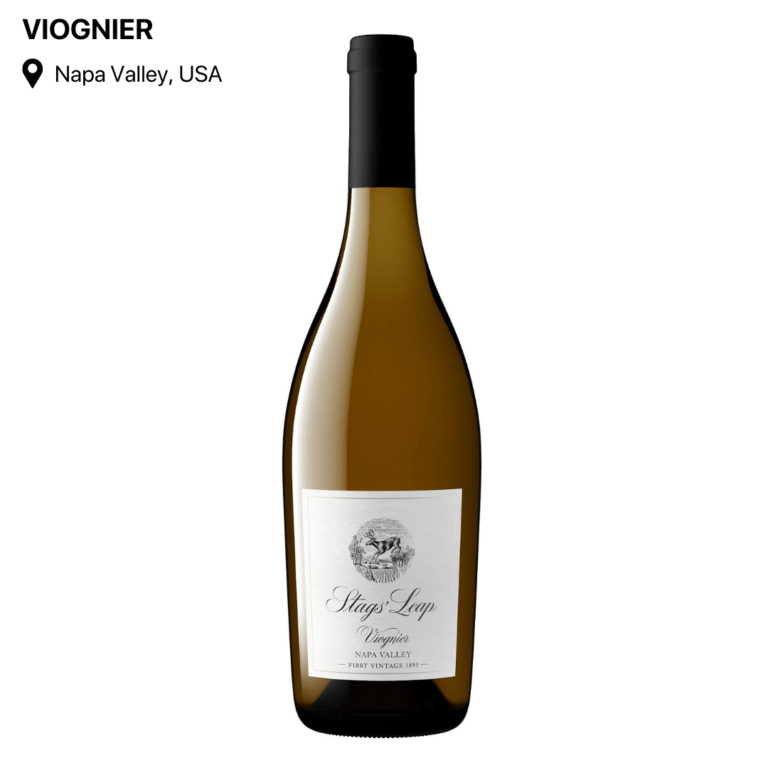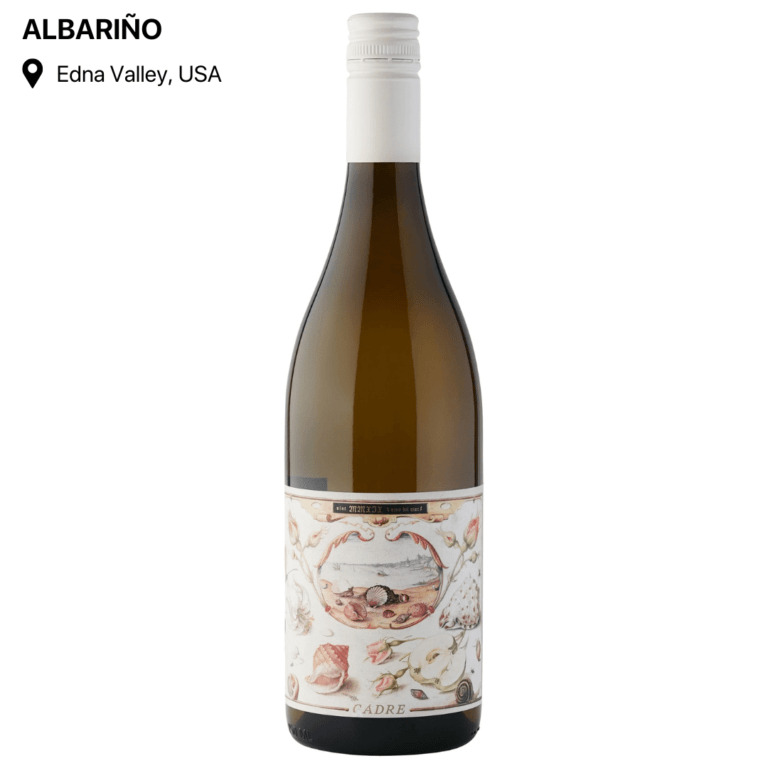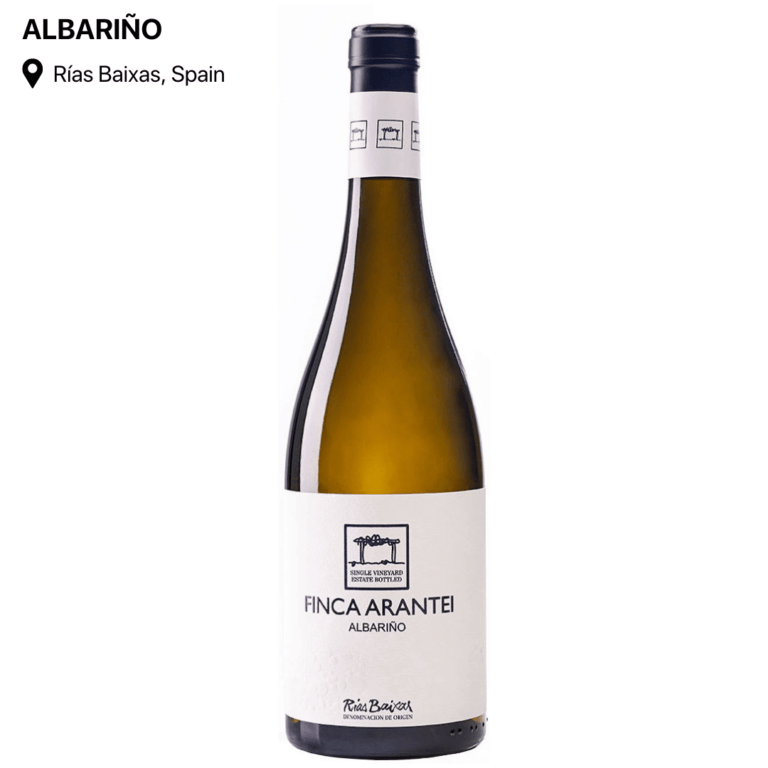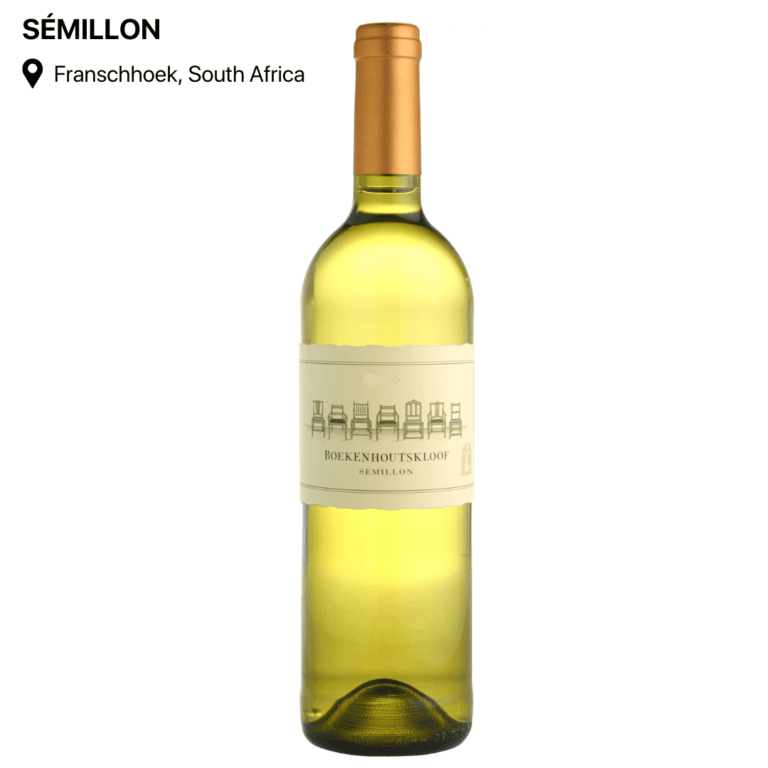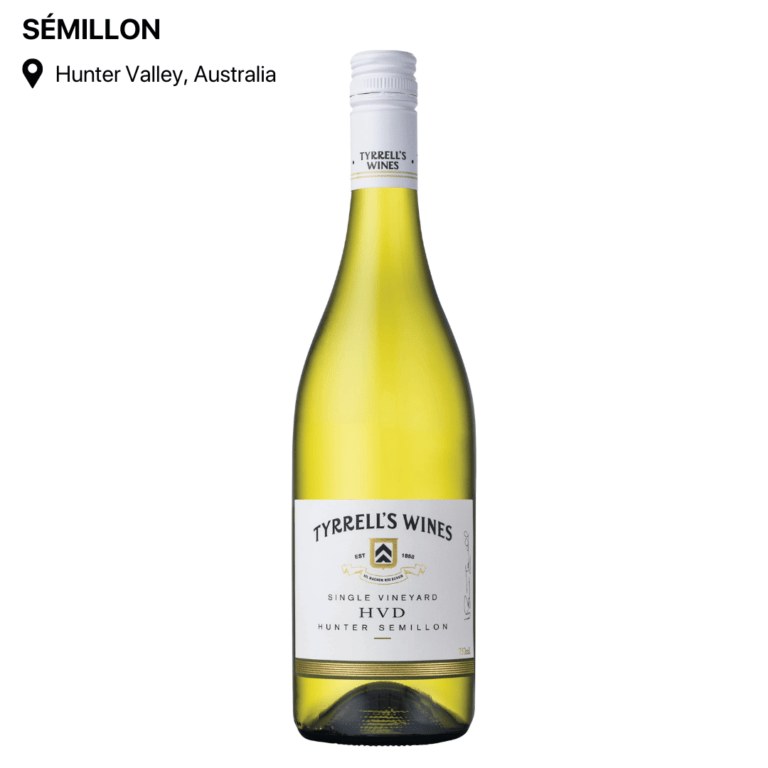10 Types of White Wine Everyone Wine Lover Must Know
-
Written by: Ricardo De Sousa
- Published:

Knowing the different types of white wine can make all the difference to your wine-drinking experience. Whether you are pairing wine with food or savoring a glass on its own, understanding the nuances between a crisp, acidic Sauvignon Blanc and a rich, buttery Chardonnay can guide you in making the perfect choice. This knowledge will give you a deeper appreciation for white wine and the art of wine-making. But, it will also broaden your horizons and expose your palate to varieties of white wine you may have never considered or even heard about before.
In this article, we will explore the world of white wines, uncovering flavors for every occasion and taste. By the end, you should be well on your way to becoming a bona fide wine connoisseur who can impress at any dinner party.
Chardonnay
Chardonnay is one of the world’s most popular and widely planted white wine grape varietals, originating in the Burgundy area of France. The grape is thought to have been brought to France by Roman settlers and has since become synonymous with premium white wines. Today, Chardonnay is grown in almost every wine-producing country, adapting to different climates and winemaking techniques.
Chardonnay typically undergoes malolactic fermentation, which converts sharper malic acid into softer lactic acid, giving in a creamier texture and buttery flavor. It is also one of the few white wines matured in oak barrels, imparting characteristics of vanilla, caramel, and toast.
Unoaked and oaked Chardonnays each have distinct flavor profiles.
- Oaked Chardonnays stand out with their luxurious, velvety texture, with notes of vanilla, butter, toast, and tropical fruits such as pineapple and mango.
- Unoaked Chardonnays have a refreshing and vibrant flavor profile. Think of zesty citrus, crisp green apple, and juicy pear, all complimented by a strong mineral character.
Food Pairings
- Seafood: Lobster, crab, shrimp, and scallops, especially when served with buttery sauces.
- Poultry: Roast chicken, turkey, and dishes with creamy sauces.
- Pasta: Creamy Alfredo, carbonara, or seafood pasta.
- Cheese: Soft cheeses like Brie and Camembert, as well as aged Gouda and Gruyère.
- Vegetables: Grilled or roasted vegetables, particularly squash, mushrooms, and corn.
Sauvignon Blanc
Sauvignon Blanc is a top white wine grape variety recognized for its fragrant, crisp, and refreshing characteristics. The grape’s name comes from the French words “sauvage” (wild) and “blanc” (white), referring to its rapid growth and pale appearance.
Originating from the Loire Valley and Bordeaux regions of France, Sauvignon Blanc has spread worldwide, adapting to different climates and winemaking processes.
- Loire Valley, France: These French whites are refreshing and vibrant, with notes of green apple, gooseberry, and citrus. The cool climate and limestone-rich soils provide a refreshing acidity and a hint of flint.
- Bordeaux, France: Referred to as Bordeaux Blanc, these wines are often blended with Sémillon, gaining a more intricate and fuller body with a luscious texture balancing vibrant acidity and fragrant qualities.
- South Africa: South African Sauvignon Blanc has fresh and dynamic profiles blending herbaceous notes like freshly cut grass and green pepper with tropical and citrus fruits like passion fruit, guava, lime, and grapefruit
Food Pairings
Sauvignon Blanc pairs well with:
- Seafood: Oysters, mussels, and white fish with citrus-based sauces.
- Salads: Green salads with goat cheese, asparagus, and vinaigrette.
- Poultry: Grilled chicken and turkey with light, herbal sauces.
- Vegetables: Artichokes, bell peppers, and zucchini.
- Cheese: Soft cheeses like chèvre and feta, and tangy blue cheese.
Pinot Grigio/Pinot Gris
Known as Pinot Grigio in Italy and Pinot Gris in France, this white wine grape is a mutant of the Pinot Noir variety. Originating from the Burgundy region of France, it produces richly textured dry wines with high alcohol, moderate acidity, minerality, and ripe exotic fruit.
Although stemming from the same grape, Pinot Grigio and Pinot Gris are quite different in texture and flavor.
- Pinot Grigio (Italy): Light-bodied, often pale and crisp with notes of green apple, pear, and citrus.
- Pinot Gris (France): Richer, fuller-bodied, and golden, often aged in oak barrels, with flavors of ripe stone fruit, honey, and spice.
Food Pairings
- Pinot Grigio: Bright acidity and clean finish complement light seafood dishes, salads, and white meats.
- Pinot Gris: Excellent with spicy foods like Thai or Indian cuisine, creamy pasta dishes, and soft cheeses.
Riesling
Riesling hails from the Rhine region of Germany and is known for its delightful combination of high acidity, sweetness, and floral aromas. Although mostly produced as a sweet white wine, dry and semi-sweet varieties showcase the versatility of this grape.
The production of Riesling involves several unique techniques that contribute to its distinctive character. One notable method is the late harvest technique, where grapes are picked later in the season to develop higher sugar levels, leading to sweeter wines.
Another is the practice of allowing “noble rot” (Botrytis cinerea) to affect the grapes, which concentrate the sugars and flavors, producing honey, marmalade, and dried fruit flavors to create luscious, complex dessert wines.
Common tasting notes include green apple, lime, peach, and apricot, often accompanied by floral notes and mineral undertones. The wine’s high acidity balances its sweetness, creating a refreshing and zesty mouthfeel. As Rieslings age, they often develop a unique petrol or kerosene aroma, which is highly prized by many Riesling enthusiasts.
- German Rieslings: Crisp and mineral-driven.
- Alsace Rieslings: Drier, fuller-bodied, and spicier.
- Australian Rieslings: Intense citrus with a smooth balance between sweetness and acidity.
Food Pairings
- Dry Rieslings: Pair well with seafood, poultry, and Asian cuisine.
- Sweeter Rieslings: Complement spicy foods, rich cheeses, and desserts.
Muscat Blanc (Moscato)
Known as Moscato in Italy, and Muscat Blanc in France, this beloved sweet wine is the sweetest white wine on our list and is known for its easy-drinking nature, refreshing fizz, and intense floral aromas. Made from the Muscat grape, it has a rich history dating back nearly 3000 years and has been crossed and mutated over the years to form over 200 Muscat grape varieties.
Moscato’s production involves harvesting the grapes early to retain high acidity, which balances the sweetness. A key aspect of its creation is the process known as “stop fermentation.” This technique halts the fermentation early, preserving the natural sugars of the grapes, resulting in a lower alcohol content and a notably sweet finish.
These sweet whites are typically light-bodied and effervescent, with a flavor profile that bursts with notes of peach, apricot, orange blossom, and honeysuckle. The wine’s natural sweetness is complemented by a slight fizz, adding to its refreshing nature. Because Moscato has a natural fizz, it has become popular to use for sparkling white wines and celebratory drinks.
Food Pairings
- Desserts: Popular choice for a dessert wine.
- Spicy Asian Cuisine: Balances bold flavors and enhances the overall tasting experience.
- Salty Cheeses: Complements and balances bold flavors.
Chenin Blanc
Originating in the French Loire Valley, Chenin Blanc is a highly adaptable grape that can produce an extensive selection of wines, including dessert, sparkling, and sweet wine. Making it highly popular among winemakers and wine enthusiasts alike.
Winemakers have the freedom to use a range of techniques to bring out the unique qualities of Chenin Blanc. Some opt for oak aging, which imparts complexity and texture, while others choose stainless steel to maintain the wine’s vibrant acidity and fruit-forward character.
Chenin Blanc typically showcases a delightful blend of fresh fruity notes, such as green apple, pear, and quince, complemented by subtle undertones of stone fruit. As the wine ages, it forms more complex and deeper flavors of nuts, beeswax, and dried fruits.
Chenin Blanc is the most common variety of grape grown in South Africa and is often referred to as Steen. South African Chenic Blanc tends to be more richer, and complex with fruity notes like green apple and pear, complemented by citrus notes and tropical hints of pineapple and guava. It often features delicate honey and floral aromas, alongside a distinctive minerality reminiscent of chalk.
Food Pairings
- Dry Chenin Blanc: Pairs well with seafood, poultry, and salads.
- Off-Dry and Sweet Chenin Blanc: Perfect with spicy Asian cuisine and desserts like fruit tarts, creamy cheeses, and honey-based dishes.
Gewürztraminer
Gewürztraminer, known as “spice traminer” in German, derives its name from the delightful spicy undertones that characterize this wine. Although the grape has a German name, the grape actually originates in Tramin, Italy. Today, Alsace is the largest producer and remains the benchmark for Gewürztraminer.
Famous for its incredibly fragrant aroma, Gewürztraminer features notes of lychee, rose petals, and spices like cinnamon and ginger. On the palate, it offers a range of flavors from tropical fruits like pineapple and mango to floral and spicy notes, with a characteristic hint of sweetness. Gewürztraminer wines have a rich, full-bodied texture due to their high sugar and alcohol content, as well as their low acidity level.
Food Pairings
- Asian Cuisine: Complements spicy dishes like Thai and Indian.
- Strong Cheeses: Pairs well with Munster and Roquefort.
- Roasted Meats: Enhances flavors of rich, creamy sauces.
Viognier
Viognier, with its mysterious origins, has a soft, full-bodied texture similar to Chardonnay but offers more minerality and fruity, floral notes.
Winemakers often employ techniques such as cold fermentation and extended lees contact to enhance the wine’s creamy mouthfeel and vibrant aromas. In some regions, Viognier undergoes partial oak aging, adding a subtle vanilla and spice component to the wine. These methods ensure that Viognier maintains its characteristic freshness and aromatic profile.
Viognier wines are celebrated for their expressive nose, featuring a medley of floral and fruit aromas such as apricot, peach, honeysuckle, and orange blossom. On the palate, Viognier offers a rich, full-bodied texture with flavors of ripe stone fruits, tropical fruits, and a hint of spice. The wine’s low acidity contributes to its smooth and rounded finish.
Food Pairings
- Spicy Dishes: Perfect match for Thai cuisine.
Albariño
From the picturesque regions of Rías Baixas in Galicia, Spain, and the Vinho Verde region of Portugal. Albariño has earned a reputation as one of the finest white wines for its crisp acidity and aromatic complexity.
Albariño wines are often bursting with the delightful flavors of citrus fruits, green apple, peach, and delicate floral hints. Being close to the Atlantic Ocean imparts a salty minerality to the grapes, which adds a unique element to the flavor profile. The cool coastal climate also allows the grapes to ripen slowly resulting in a perfect balance of acidity and complexity.
Food Pairings
- Seafood: Especially shellfish like oysters and clams.
- Traditional Galician Cuisine: Pairs beautifully with dishes like octopus or empanadas.
Sémillon
Semillon, a golden-skinned grape variety, hails from the Bordeaux region of France. It’s particularly famous for producing some of the world’s most revered sweet wines, like Sauternes, and also thrives in regions such as Australia’s Hunter Valley and South Africa.
Semillon wines are known for their versatile flavor profile. Young Semillon typically offers vibrant notes of citrus, apple, and pear with a refreshing acidity. As it ages, it develops richer, honeyed characteristics, with nuances of nuts and figs and a waxy texture. This aging potential makes Semillon a favorite among wine enthusiasts who appreciate both fresh and mature expressions.
Food Pairings
- Young Semillon: Pairs well with seafood like oysters and scallops, as well as light salads and herb-roasted chicken.
- Aged Semillon: Complements richer dishes such as creamy pastas, roasted pork, and mature cheeses.
- Sweet Semillon (Sauternes): Ideal with foie gras, blue cheeses, and desserts like apple tart and crème brûlée.
Frequently Asked Questions
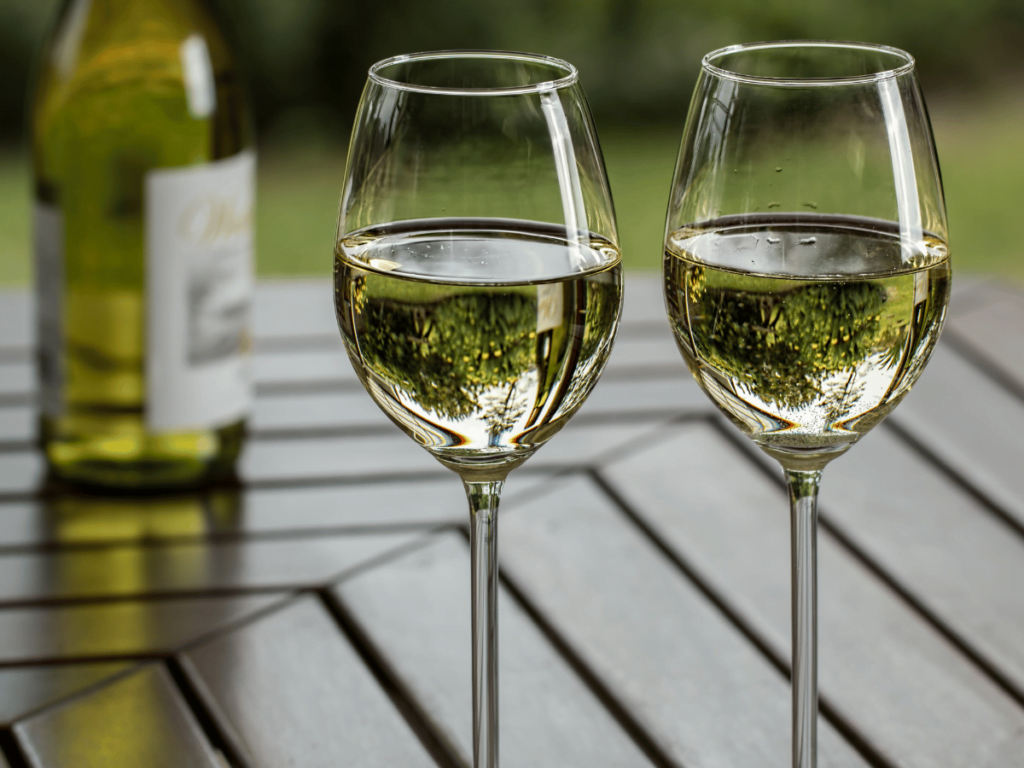
What is a dry white wine?
Dry white wine refers to wine that has little to no residual sugar, resulting in a crisp and refreshing taste. The term “dry” indicates the lack of sweetness in the wine, making it a favorite for those who prefer a clean and tart profile. This style of wine is often characterized by its light to medium body, bright acidity, and a range of flavors from citrus and green apple to floral and mineral notes. Popular varieties of dry white wines include Sauvignon Blanc, unoaked Chardonnay, and Pinot Grigio.
How many calories in a glass of white wine?
The calorie content in a glass of white wine can vary depending on the type and serving size, but on average, a 5-ounce (148 ml) glass of white wine typically contains around 120-125 calories. The exact number may vary slightly based on the specific type of white wine and its alcohol and sugar content.
Is Chardonnay white wine?
Yes, Chardonnay is one of the most popular and widely recognized white wines in the world.
Is Moscato a white wine?
Yes, Moscato, also known as Muscat, is primarily a white wine known for its aromatic and sweet profile.
How long does white wine last after opening?
Generally, white wine can last between three to five days after opening if properly stored. Here are some tips to maximize its lifespan:
- Re-cork the Bottle: Immediately re-cork the bottle after pouring to minimize exposure to air. If you’ve lost the cork, a wine stopper will do the trick.
- Refrigerate: Store the bottle in the refrigerator. Even red wines benefit from this, but it’s crucial for whites.
- Use Smaller Containers: Transfer leftover wine into a smaller bottle or container to reduce the amount of air in contact with the wine.
- Consider Wine Preservers: Products like vacuum pumps and inert gas wine preservers can help prolong the freshness by limiting oxidation.
What white wine is good for cooking?
When it comes to cooking with white wine, the key is to choose a wine that complements your dish without overpowering it. Here are some of the best types of white wine to use for cooking:
- Sauvignon Blanc: Great for seafood, chicken, and vegetable dishes.
- Chardonnay: Ideal for creamy sauces, soups, and risottos.
- Pinot Grigio: Excellent for lighter dishes like seafood, poultry, and pasta with white sauces.
- Riesling: Adds a wonderful balance to spicy or savory dishes and pairs well with Asian cuisine and desserts.
Related Posts
